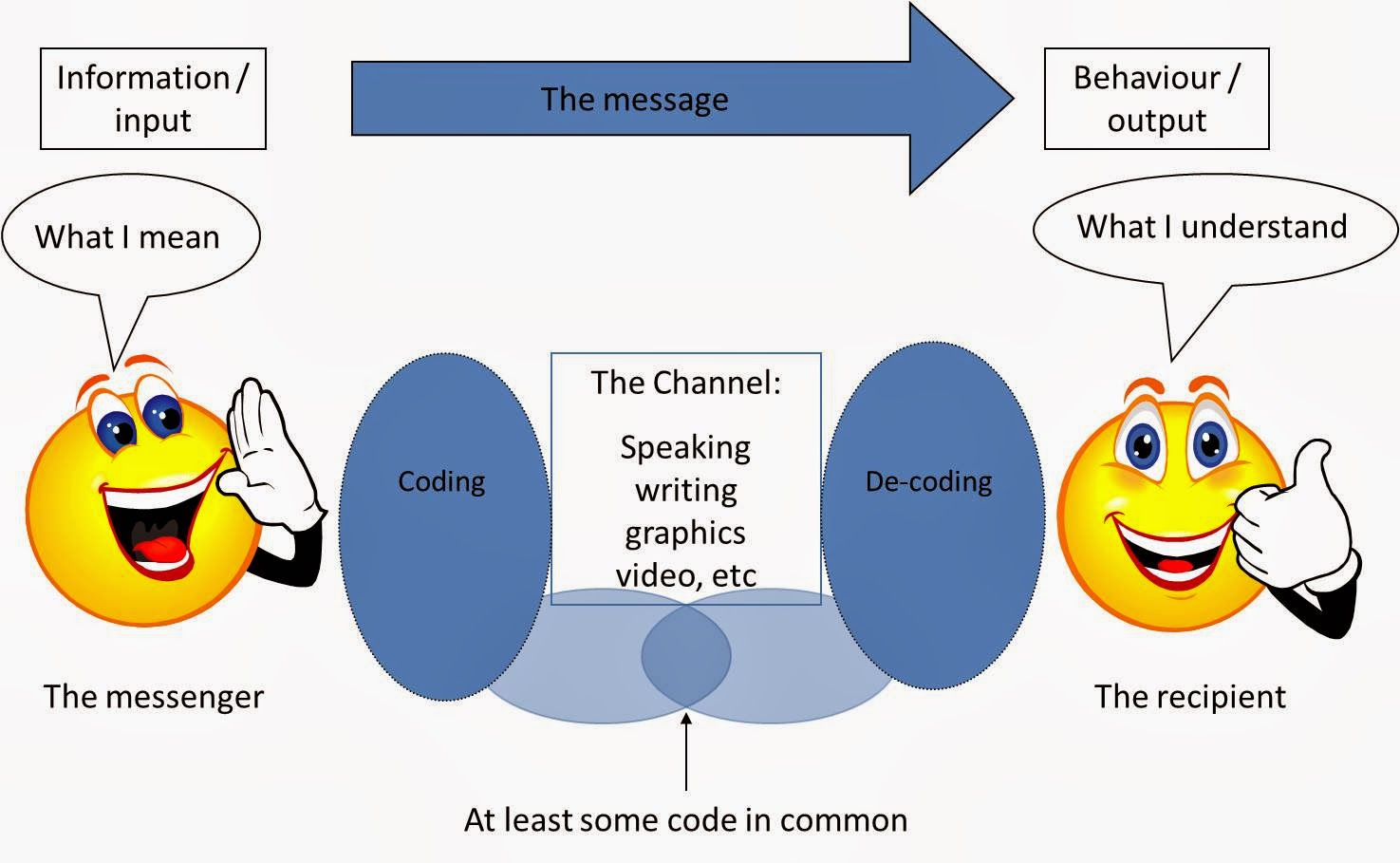Communication: Meaning, Definition, Features, and Importance
Meaning of Communication
Communication is the process of sharing information, ideas,
feelings, or messages from one person to another to create understanding. It is
an essential life skill, especially for teachers, as it helps in transmitting
knowledge, building relationships, and managing classrooms.
Example
A teacher explaining a math problem to students, listening to their doubts, and
clarifying them, demonstrates the process of communication.
Definition of Communication
Several scholars have defined communication:
- Oxford
Dictionary:
“Communication is the imparting or exchanging of information by speaking, writing, or using some other medium.” - Keith
Davis:
“Communication is the process of passing information and understanding from one person to another.” - Louis
A. Allen:
“Communication is the sum of all the things one person does when he wants to create understanding in the mind of another. It involves a systematic and continuous process of telling, listening, and understanding.”
Features of Communication
- Two-way
Process:
It involves a sender and a receiver. Both must participate for effective communication.
Example: A teacher asks a question (sender), a student responds (receiver), and the teacher gives feedback. - Continuous
Process:
Communication never stops; it is ongoing in any classroom or relationship.
Example: Teachers and students interact daily—inside and outside the classroom. - Goal-Oriented:
Every communication has a purpose, such as instructing, informing, persuading, or motivating.
Example: Giving homework instructions clearly so students understand what to do. - Involves
Exchange of Ideas:
Communication is about sharing information, emotions, and thoughts.
Example: Discussing current events during a social science class. - Can
Be Verbal or Non-Verbal:
Messages can be conveyed through words, tone, facial expressions, gestures, or even silence.
Example: Nodding to show agreement or using visual aids while teaching. - Requires
Understanding:
Communication is successful only when the receiver understands the message as intended by the sender.
Example: Using simple language so all students can follow the lesson.
Importance of Communication
for Teachers
- Facilitates
Learning:
Clear communication helps students understand concepts, instructions, and expectations.
Example: Explaining a science experiment step-by-step improves comprehension and safety. - Builds
Relationships:
Good communication fosters trust and positive relationships between teachers and students.
Example: Listening empathetically when a student shares a personal problem. - Classroom
Management:
Effective communication sets rules, routines, and boundaries, leading to disciplined classrooms.
Example: Stating classroom rules at the beginning of the year. - Motivates
Students:
Encouraging words and positive feedback can boost student morale and participation.
Example: Praising a student for improvement in handwriting. - Promotes
Inclusiveness:
Teachers can reach every student, including those with different learning styles or language backgrounds, through adapted communication.
Example: Using visual aids for students who struggle with verbal instructions. - Professional
Growth:
Good communication skills help teachers collaborate with colleagues, parents, and the community.
Example: Sharing best practices with other teachers during staff meetings.
Summary Table
|
Aspect |
Key Points |
Example |
|
Meaning |
Process of
sharing ideas, feelings, and information |
Teacher
explaining a topic |
|
Definition |
Several;
always about transferring understanding |
"Passing
information" (Davis) |
|
Features |
Two-way,
continuous, goal-oriented, verbal/non-verbal, requires understanding |
Teacher-student
Q&A, gestures |
|
Importance |
Aids
learning, builds relationships, manages class, motivates, inclusive,
professional growth |
Using praise,
visual aids, setting rules |


Comments
Post a Comment